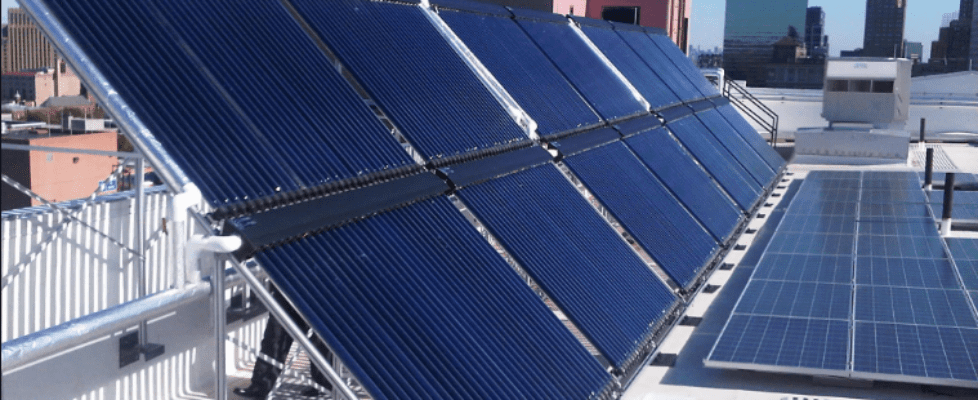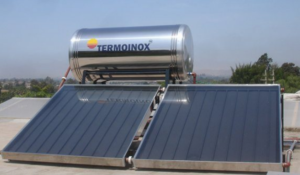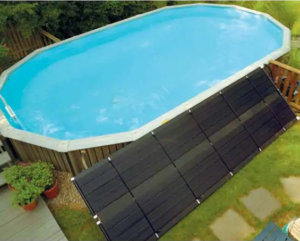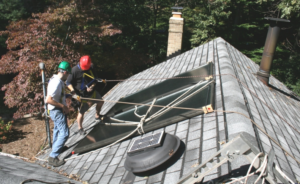Solar Heating, Solar Thermal and Solar Hot Water Systems
Solar Heating (Solar Thermal) Systems
Harnessing energy from the sun in order to have solar power, is one of the most effective and practical ways that you can use to heat your water. The solar thermal system is able to absorb heat from the sun, using it to supply your home’s hot water requirements.
When it comes to the solar thermal system, it is able to heat your water up to 1400F and above. This is dependent on the kind of traditional hot water tank counterpart. You can be able to have effective systems that are able to gather 70% of the sun’s energy.
How Solar Hot Water Heating System Actually Works
When it comes to active water heating systems, there are indirect and direct systems.
-
Indirect solar water heating
This system does not heat water directly; instead, a low freezing point liquid is used. This liquid is able to absorb radiant energy. This system is also known as closed-loop systems; the radiant energy goes into the heat pipes which has displaced air. The thin copper laminate pipes that are located at the back of every single pipe heats up.
The multiple heating pipes of the collection array are tilted and mounted in order to maximize the collection of solar energy. In most cases glycol, which is an ingredient in antifreeze goes through the pipes that are adjacent to each other in the array. It heats up due to contact with copper laminate.
With an increase in temperature in the pipes, the pump which circulates the glycol fluid via the heat exchange coil is activated by heat. The coil then transfers heat to the water tank and you have your hot water.
-
Direct solar water heating
In this system, there is the absorption of the sun’s heat in the collectors, which is used to supply your home with hot water. This system has collector pipes which are filled with water linked to a storage that is insulated behind your home. The sun heats water in the pipes which flows to the storage tank.
The direct system of heating tends to be more efficient than the indirect system of heating. They, however, need more maintenance in order to keep your pipes clear of mineral deposits. This system requires warmer climates to work at its best, as this system is more prone to freezing.
Solar Pool and Hot Tub Heating System
The solar pool and tub heating systems work with the same principle as the direct solar hot water heating system. The collector’s glazing is in most cases removed as water can heat up more than required when it comes to a solar thermal system. The use of a heating system that looks like a flat black mat or a non-glazed pipe, stops your pool water from being super-heated thus reducing your cost.
Hot tub and the solar heating system is usually an exempt from the state and federal monetary rebates and incentives. This system with time you will be able to pay for them, this is dependent on where you live.
Radiant Heating Systems for Your Home
Did you know that you can be able to use a solar hot water system in heating your home? The solar hot water system is able to connect to a wall panel floor or a radiant floor. You can make the distribution and collection system complicated or simple; this is dependent on your climate, intended use, and location.
The collection array is mostly used by the radiant heating systems in heating water then storing it in the large thermal collection tank. This allows you to be able to have enough heat throughout the night. It’s recommended that you have 1.5 to 2 gallons of the water tank for a square foot of the solar collector.
The water is then piped through plastic tubing which is under the floor, creating an effective system. When it comes to radiant floor heating systems, they have a lot of advantages such as;
- They are 40% more efficient than the forced air heating system
- Radiant floor is able to distribute heat underneath your feet, it then rises to provide evenly distributed warmth in your living area.
- It can be able to be zoned therefore allowing each room to have its own thermostat
Tips for Installing Solar Hot Water Systems
-
Solar hot water heater tips for cooler climates
When it comes to the cooler climates, the indirect solar hot water system is more efficient as it’s able to lower your energy cost. This is possible by the system working as a preheating water system instead of an outright water heater. The preheated water is able to lower the load on your energy systems in heating water.
You can be able to increase the efficiency of your system by wrapping an insulation blanket on your water tank. This will enable your water to remain warm minimizing the need of relying on traditional sources to heat your water.
Keep in mind that not all water heaters will require an insulation blanket; this is due to fact that a majority of the new energy efficient models have a thicker layer of insulation within the tank.
-
Where to have the solar thermal collection system
This kind of system does exceptionally well on south-facing walls which have full exposure of the sun radiations. With the collector tubes, the outside elements have a lesser effect on the performance when compared to the photovoltaic collection system.
-
Work with solar professionals
When it comes to solar power upgrade, consult a professional who will evaluate your potential savings and be able to determine the solar water system best for you. Solar thermal panels come with integrated building panels and stand-alone collection arrays.
A solar professional is able to size your system, compare it with the different options of collection panels and water that you will require.




